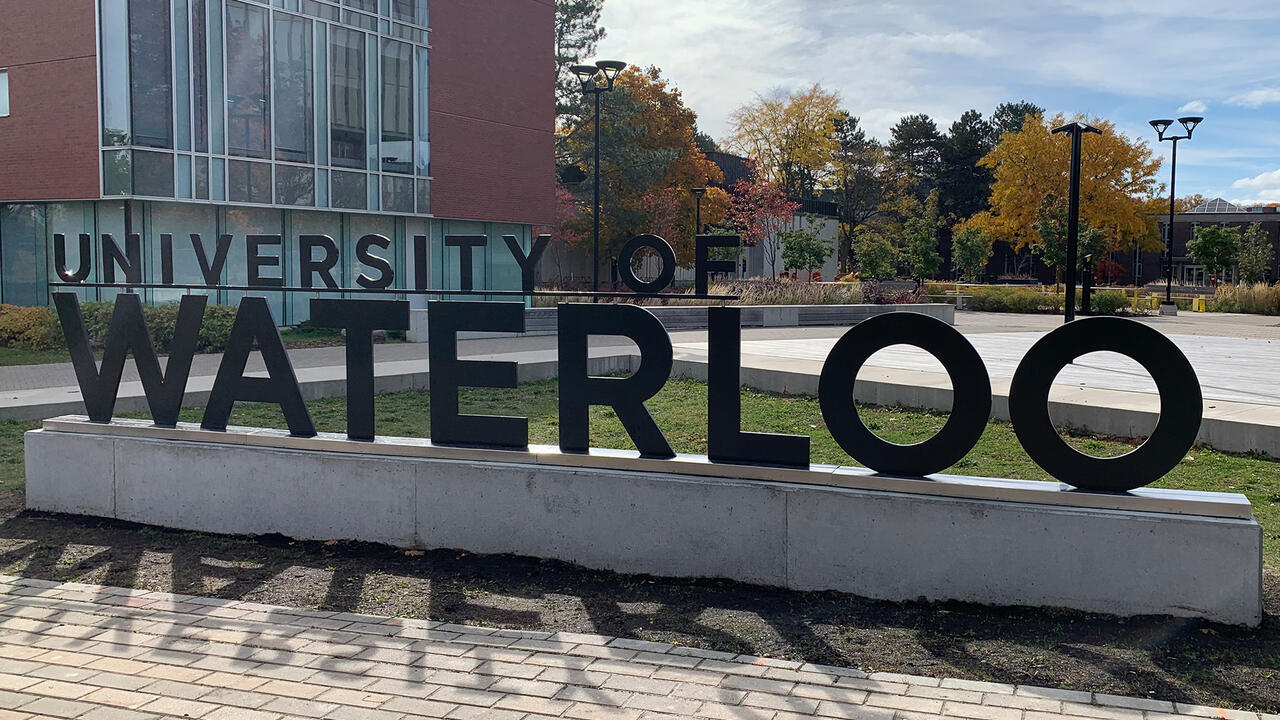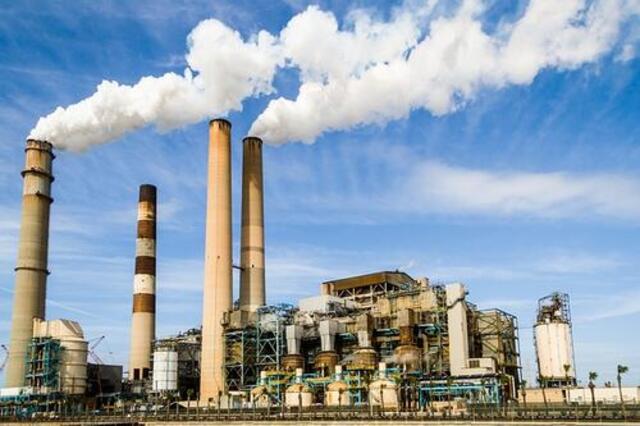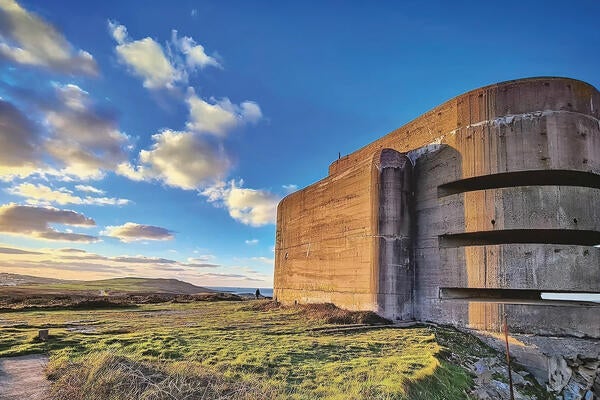
New powder could help cut CO2 emissions
Scientists at the University of Waterloo have created a powder that could capture carbon dioxide (CO2) from factories and power plants

Scientists at the University of Waterloo have created a powder that could capture carbon dioxide (CO2) from factories and power plants
By Media RelationsScientists at the University of Waterloo have created a powder that could capture carbon dioxide (CO2) from factories and power plants.
The advanced carbon powder, developed using a novel process in the lab of Zhongwei Chen, a chemical engineering professor at Waterloo, could filter and remove CO2 from emissions at facilities powered by fossil fuels before it is released into the atmosphere with twice the efficiency of conventional materials.

“This will be more and more important in the future,” Chen said. “We have to find ways to deal with all the CO2 produced by burning fossil fuels.”
The new process, which involves manipulating the size and concentration of pores, could also be used to produce optimized carbon powders for applications including water filtration and energy storage, the other main strand of research in Chen’s lab.
CO2 molecules stick to the surface of carbon when they come in contact with it, a process known as adsorption. Since it is abundant, inexpensive and environmentally friendly, that makes carbon an excellent material to capture CO2, a greenhouse gas that is the primary contributor to global warming.
The researchers, who collaborated with colleagues at several universities in China, set out to improve adsorption performance by manipulating the size and concentration of pores in carbon materials.
The technique they developed uses heat and salt to extract a black carbon powder from plant matter. Carbon spheres that make up the powder have many, many pores and the vast majority of them are less than one-millionth of a metre in diameter.
“The porosity of this material is extremely high,” said Chen, who holds a Tier 1 Canada Research Chair in advanced materials for clean energy. “And because of their size, these pores can capture CO2 very efficiently. The performance is almost doubled.”
Once saturated with carbon dioxide at large point sources such as fossil fuel power plants, the powder would be transported to storage sites and buried in underground geological formations to prevent CO2 release into the atmosphere.
A paper on the CO2 capture work, In-situ ion-activated carbon nanospheres with tunable ultramicroporosity for superior CO2 capture, appears in the journal Carbon.

Read more
Velocity pitch competition winners share exciting startup ideas using artificial intelligence and deep tech, showcasing creativity and entrepreneurial prowess

(Getty Images/Meggj)
Read more
Study examined effect of rising temperatures on California’s crop

Read more
Distinguished Waterloo historian and Holocaust expert helps correct the total death toll on an English Channel Island
The University of Waterloo acknowledges that much of our work takes place on the traditional territory of the Neutral, Anishinaabeg, and Haudenosaunee peoples. Our main campus is situated on the Haldimand Tract, the land granted to the Six Nations that includes six miles on each side of the Grand River. Our active work toward reconciliation takes place across our campuses through research, learning, teaching, and community building, and is co-ordinated within the Office of Indigenous Relations.